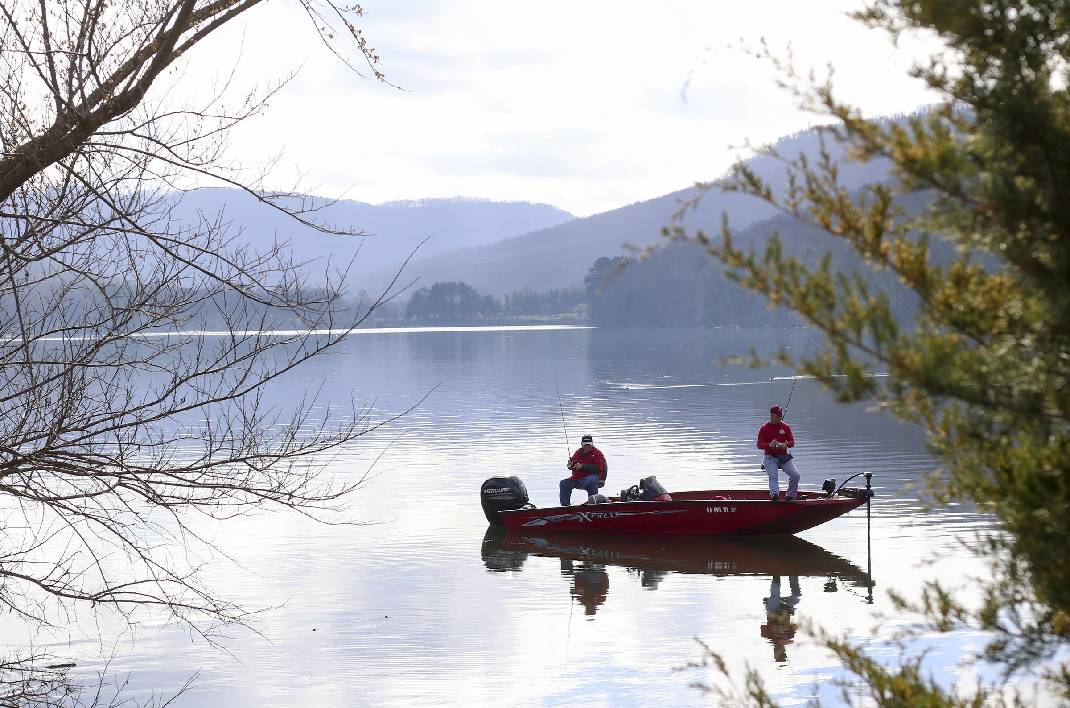This article was originally published in GPR’s Spring 2018 Magazine
In 1818, University of Georgia professor James Camak was tasked with demarcating the Georgia-Tennessee border at the 35th parallel. Camak’s surveying party botched the task, mistakenly drawing the border about a mile south of the 35th parallel.
While both state’s constitutions recognize the 35th parallel as their state-line, Tennessee continues to operate under the assumption that Camak’s border is the 35th parallel, an assumption that has allowed the state to play de facto sovereign over nearly 68 miles of disputed land. Although Georgia’s General Assembly has created negotiation committees and directed its governor to resolve the border dispute more than ten times, Tennessee has steadfastly refused to engage Georgia lawmakers. The dispute, however, has not been buried by Tennessee’s inaction over the past 200 years. Irredentist resolutions passed by Georgia lawmakers in 2008 and 2013 garnered national and international media attention.
“You and I both know it’s about water,” commented Representative Marc Morris (R-Cumming), a sponsor of 2018’s resolution to create a Georgia Boundary Committee to negotiate with Tennessee legislators. The 35th parallel, the legally recognized border between the two states, technically crosses through the middle of the Tennessee River at Nickajack Lake. And as Georgia’s droughts intensify and population explodes, the state is thirsting for sustainable water resources.
In the past, the dispute has resulted in comical politics; in 2008, the mayor of Chattanooga sent his aide to the Georgia General Assembly with a truckload of bottled water and a coonskin cap, saying it was better “to offer a cool, wet kiss of friendship rather than face a hot, angry legislator gone mad with thirst.” Georgia legislators responded that they were happy to accept the mayor’s down payment. Tennessee’s House Majority Leader once quipped that, “We need to have our militia down there!”, and in 2013, a Georgia lobbyist hit a golf ball from the de facto Georgia-Tennessee border into Nickajack Lake — what he calls “Occupied Georgia” — in a press stunt showing how close Georgia is to the water it so badly needs.
But to many Georgia residents, the dispute is nothing to laugh about. In 2017, drought conditions drove the Georgia Environmental Protection Division to impose water use restrictions on 58 counties, and, in 2016, seven were so parched that the U.S. Department of Agriculture designated them disaster areas.
One legislative aide remarked, “Tennessee doesn’t need the water, but they aren’t volunteering it.” The Tennessee Valley Authority stated that inter-basin transfers of more than a million gallons a day would not substantially impact the Tennessee River’s water level, but Tennessee’s Inter-basin Water Transfer Act ensures that permits are not provided to public utilities sending water across state lines. “Georgia contributes one billion and a half gallons of water a day to the Tennessee River’s watershed” said Representative Morris. “If we took out just what we contribute, or even half of what we contribute, it would really solve the entire problem”.
Georgia’s continued refutation of Camak’s border is an attempt to gain riparian rights to the Tennessee River considered inherent under the state’s constitution. If the border were moved to the 35th parallel, however, Georgia would get more than just water; more than 30,000 Tennessee citizens reside in the 68 miles of disputed land — most of whom are not eager to become Georgians. “If I was on the negotiation committee,” commented Representative Morris when asked about Tennesseans near the border, “there’s about 99 percent of the land that I am willing to give up. But there’s one percent that we really care about.”
While negotiation between the states might ensure an equitable solution, it is unlikely that Tennessee – a state that believes it would win the dispute in court – would engage Georgia lawmakers. Opinions, however, are split on how the U.S. Supreme Court would rule if Georgia took Tennessee to court. Tennessee’s lawyers would almost certainly make the case of prescription and acquiescence, a concept common in U.S. property law. Tennessee could easily prove it prescribed — possessed, operated, policed, and taxed — the disputed land, but would simultaneously have to prove acquiescence, or Georgia’s failure to stand up for its claim to the disputed land.
In response, Georgia would make the claim that its General Assembly’s repeated attempts to negotiate prove it has never acquiesced to Tennessee’s de facto rule of the disputed territory. Georgia may find support for other points of its case as well; a precedent set in New York v. New Jersey states that the federal government’s operation of any disputed land nullifies a state’s prescription claims. Conveniently, the Tennessee Valley Authority — a federal entity — operates the thin strip of land between Georgia and Nickajack Lake. Additionally, Georgia lawyers may employ article four of the U.S. Constitution, which states that, “no new State shall be formed or erected within the jurisdiction of any other,” in its case against younger Tennessee.
The Atlanta Journal-Constitution reported that the water dispute between Georgia and Florida cost Georgia more than $30 million in legal fees, and no state is eager to embark on a lengthy court case. With Tennessee unlikely to meet any negotiation committee formed by Georgia’s General Assembly, we can assume that Georgia lawmakers will continue to build their case against acquiescence — at least until the state’s water levels drop too far.
